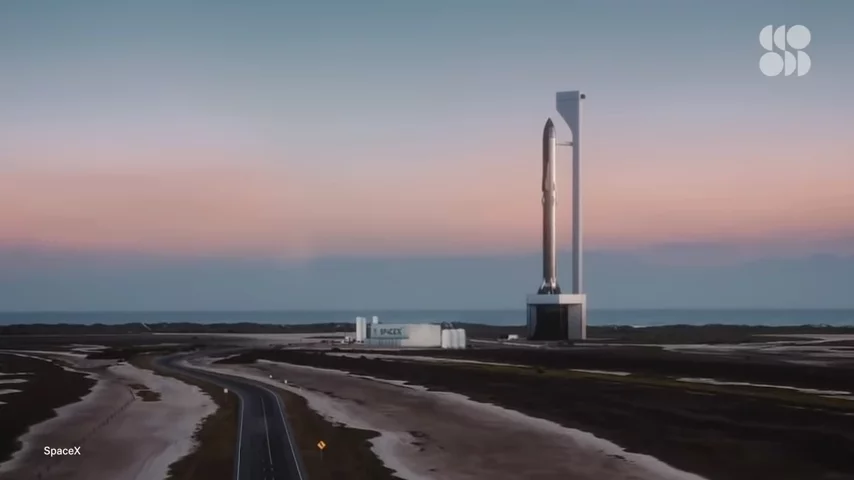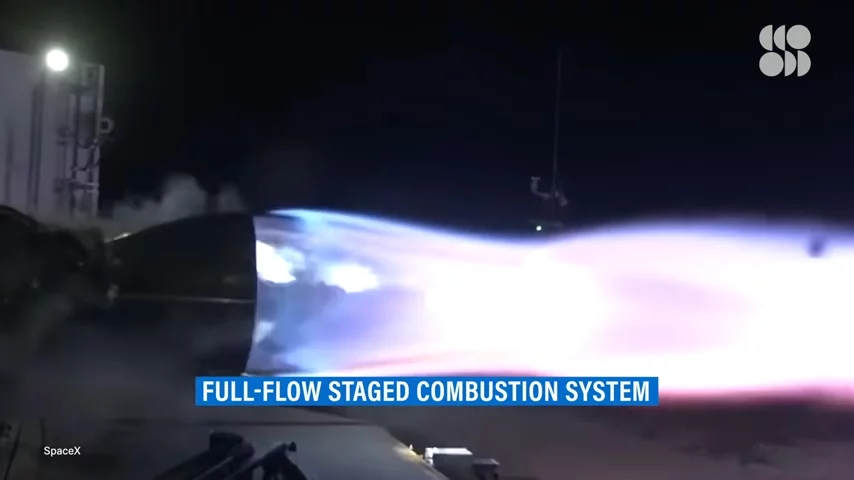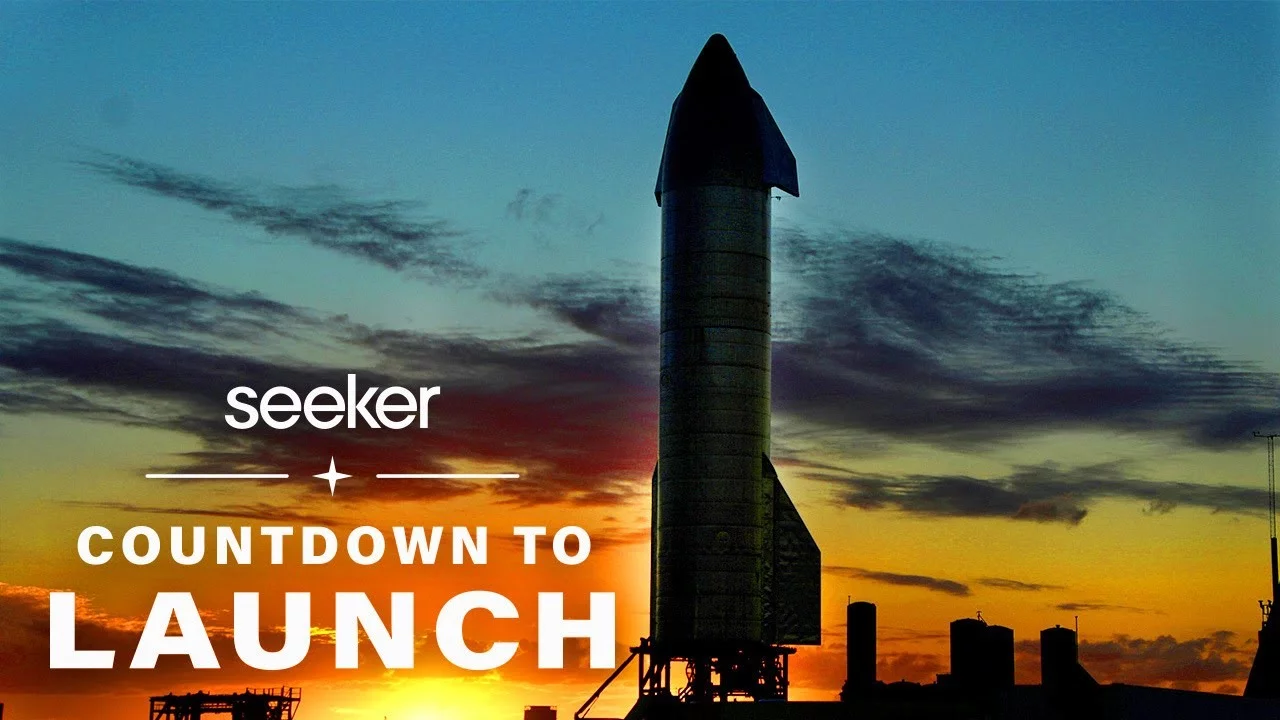After SpaceX’s previous two Starship prototypes met their explosive demise at the southern tip of Texas, Starship Serial Number 10 has finally stuck the landing! And then it exploded.  Still, this proved a major part of the Starship concept, but there is still much more to come. So what can we expect from SN11 and beyond?
Still, this proved a major part of the Starship concept, but there is still much more to come. So what can we expect from SN11 and beyond?
SpaceX was founded with the goal of eventually taking humans to Mars, and their Starship spacecraft—along with its planned enormous first stage booster called the Super Heavy— is the ship company founder and CEO Elon Musk believes will take us there.  Before we get into what’s next for the program, let’s first give SN10’s flight its due.
Before we get into what’s next for the program, let’s first give SN10’s flight its due.
In the past few years, SpaceX has been racking up so many successful Falcon 9 and Falcon Heavy booster landings that it’s almost become expected. But when SN8 and SN9 failed to land and experienced what SpaceX euphemistically call Rapid Unplanned Disassembly, it was a reminder that space flight is never easy and certainly never routine. Landing SN10 was a huge milestone for the project, even if it disassembled itself a few minutes later.
Complicating matters is the fact that the Starship prototypes are using a new engine that’s truly revolutionary. Falcon 9 boosters use SpaceX’s Merlin engines, which burn liquid oxygen and rocket-grade kerosine to produce thrust. By contrast, Starship’s Raptor engines use liquid oxygen and liquid methane.
Methane offers higher performance at lower cost than kerosene. Methane can allow the engines to run at higher pressures and it eliminates the need for some special equipment because it can actually pressurize itself. It also doesn’t build up deposits within the engine, making it possible to reuse the same engines over and over with less refurbishing. It might even be possible to create methane on the surface of Mars, which means a Starship mission to the red planet won’t need to bring along fuel for the return trip home.
Despite all these benefits, SpaceX’s Raptor engines are some of the first methane-powered rockets. They’re also the first flying examples to use what’s known as a full-flow staged combustion system, which uses all its fuel for propulsion and doesn’t waste any getting the process started unlike Merlin’s more common open cycle system.  Put all these design choices together and the Raptor engines can produce double the thrust of a Merlin and squeeze propulsion from as much fuel as possible.
Put all these design choices together and the Raptor engines can produce double the thrust of a Merlin and squeeze propulsion from as much fuel as possible.
So it’s no surprise figuring out how to land a 50-meter tall prototype rocket powered by three of these new engines has taken some fine-tuning. Indeed the issue with SN9’s landing seemed to be failure for one engine to relight and control the landing. Now that SN10 has proven the concept, there’s still a lot of work ahead of the SpaceX team in Boca Chica, Texas.
The next launch we’re looking forward to is Serial Number 11. SN11 is almost identical to the previous three Starships, which have been improving in small ways from one iteration to the next, with things like more robust wiring, a better nose cone seal, and more mature Raptor engines.
Because SN8 and 9 reached their high altitude goals, managed to switch fuel tanks, and steer themselves on the way back down, it seems SpaceX thought a soft landing was within reach and decided that Serial Numbers 12 through 14 wouldn’t be necessary. With SN10’s post-landing detonation, that means they’ve only got one more ship from this batch to figure out the landing completely.
The next major upgrades to the design will come with SN15, so we’ll keep our eyes locked on Texas to see what exactly they’re cooking up. Aside from perfecting the soft touchdowns, SN11 can provide other valuable data, like how the planned heat shielding handles the stress of liftoff and landing. A recovered Starship will also let SpaceX engineers examine how their raptor engines hold up after repeated use, and if Elon Musk’s ultimate ambition of engines that can be flown 1000 times is within reach. It’s possible we’ll see the same prototypes lift off multiple times as the engineers push the envelope.
The next Starship launch should look remarkably like the previous three. Ideally this time around the landing legs will deploy, the structure won’t be damaged on touchdown, there won’t be a fuel leak or fire, and SN11 stays in one piece. SpaceX has made historic progress already with Starship.
Considering that there’s still a lot of work to be done on both Starship and the Super Heavy rocket, there should be many exciting rocket launches from the southern tip of Texas in the future. Hopefully they’re groundbreaking in the way SN10 was, and not in the way SN8 and 9 were.


No comments yet